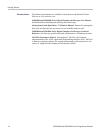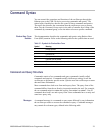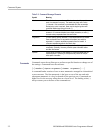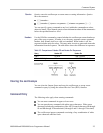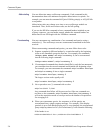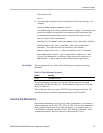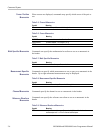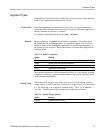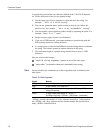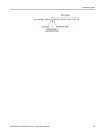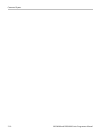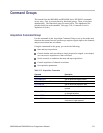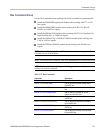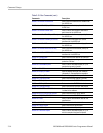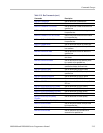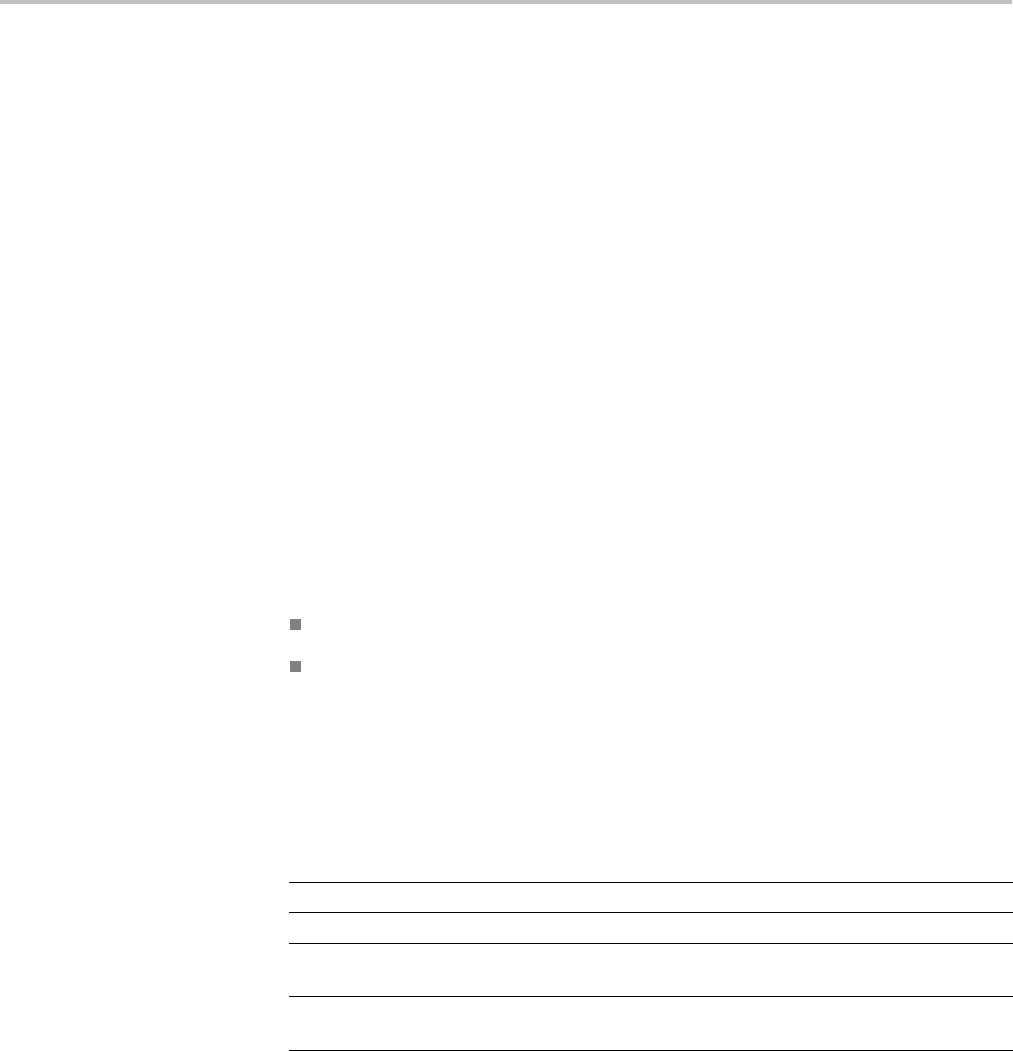
Command Syntax
A quoted string
can include any character defined in the 7-bit ASCII character
set. Follow these rules when you use quoted strings:
1. Use the same ty
pe of quote character to open and close the string. For
example:
"this is a valid string".
2. You can mix q
uotation marks within a s tring as long as you follow the
previous rule. For example:
"this is an ’acceptable’ str ing".
3. You can incl
ude a quote character within a string by repeating the quote. For
example:
"here is a "" mark".
4. Strings ca
n have upper or lower case chara cters.
5. If you use a GPIB network, you cannot terminate a quoted string with the
END messa
ge before the closing delimiter.
6. A carriage return or line feed embedded in a quoted string does not terminate
the stri
ng. The return is treated as another character in the string.
7. The maximum length of a quoted string returned from a query is 1000
charac
ters.
Here are some invalid strings:
"Invalid string argum ent’ (quotes are not of the same type)
"test<EOI>" (termination character is embedded in the string)
Block
Several oscilloscope commands use a block argument form, as defined in the
table b elow.
Table 2-12: Block Argument
Symbol Meaning
<NZDig>
A nonzero digit character i n the range of 1–9
<Dig>
A digit character, in the range of 0–9
<DChar> A character with the hexadecimal equivalent of 00 through FF (0
through 255 decimal)
<Block>
A block of data bytes defined as: <Block> ::=
{#<NZDig><Dig>[<Dig>...][<DChar>...] |#0[<DChar>...]<terminator>}
<NZDig> specifies the number of <Dig> elements that follow. Taken together,
the <NZDig> and <Dig> elements form a decimal integer that specifies how
many <DChar> elements follow.
2-8 MSO4000 and DPO4000 Series Programmer Manual



